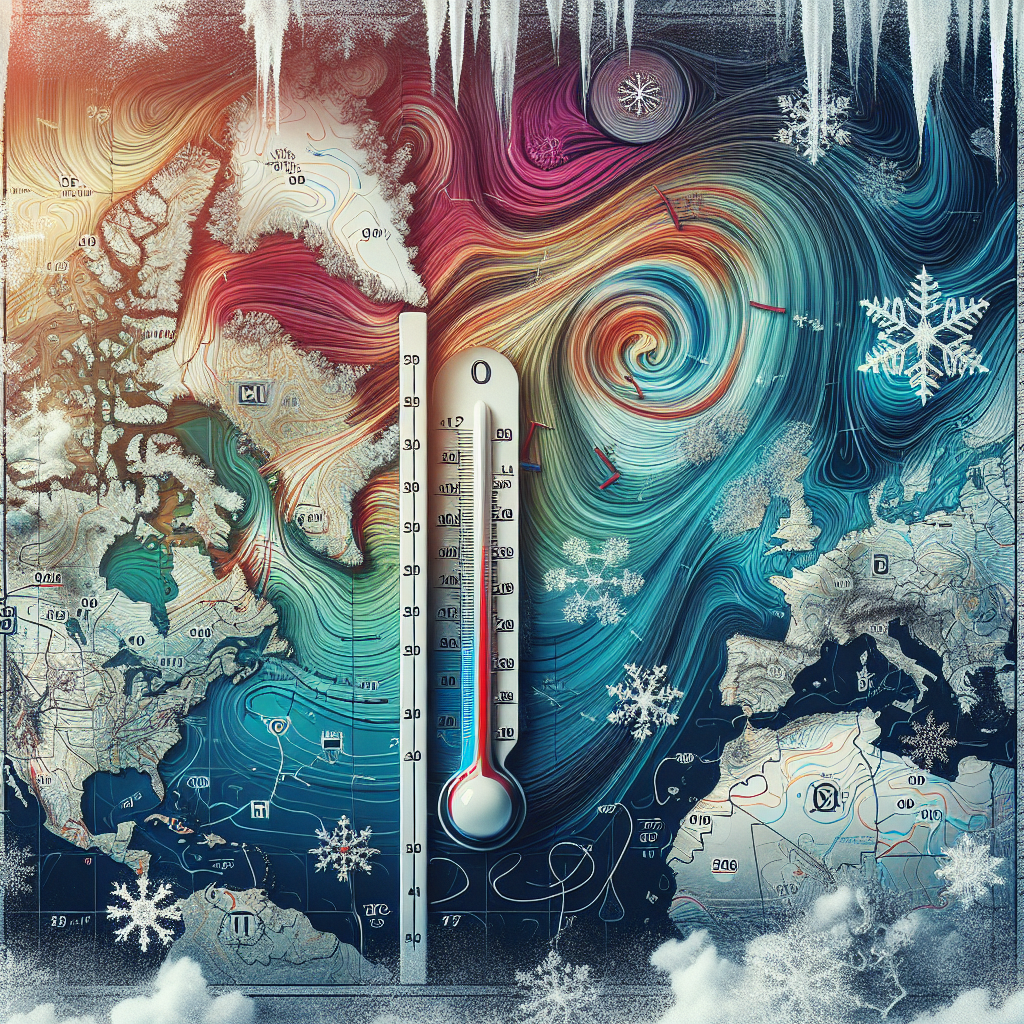Understanding Heat Waves
Heat waves are prolonged periods of excessively hot weather, which may be accompanied by high humidity. They are not just uncomfortable; they pose serious health risks including heat exhaustion and heat strokes. As global temperatures continue to rise due to climate change, heat waves are becoming more frequent and intense, raising significant public health concerns.
The Science Behind Heat Waves
Heat waves typically occur when a high-pressure system traps warm air in a region, preventing cooler air from filtering in. According to the National Oceanic and Atmospheric Administration (NOAA), a heat wave is often defined by temperatures exceeding the average by at least 5°F (2.8°C) for an extended period—most commonly three days.
Temperature Thresholds
Different regions define heat waves based on local climatic patterns. For instance, what constitutes a heat wave in the Midwest may not hold the same significance in the Southwest. In places where temperatures rarely exceed 85°F (29°C), a few days of 90°F (32°C) weather may be considered a heat wave. Understanding regional temperature thresholds is crucial for effective monitoring and public safety.
The Role of Climate Change
The Intergovernmental Panel on Climate Change (IPCC) states that the intensity, frequency, and duration of heat waves are increasing globally due to climate change. The rise in greenhouse gas emissions leads to changes in atmospheric circulation and increased heat retention, making extreme heat events more likely.
Statistics on Heat Waves
According to recent studies, the number of heat wave days has more than tripled in the last few decades. In the United States alone, over 80% of the population is projected to experience at least one heat wave each year by 2050 if current trends continue. This incrementation poses a critical threat, particularly to vulnerable populations such as the elderly, infants, and those with preexisting health conditions.
Monitoring Methods
Effective monitoring of heat waves is vital for mitigating their adverse effects. Various methodologies have been developed to track extreme temperatures, including:
Satellite Data
Satellite imagery allows for real-time data collection on surface temperatures across vast areas. These images provide accurate readings and insights into the geographical expanse of heat waves. Satellites like NASA’s MODIS (Moderate Resolution Imaging Spectroradiometer) are particularly helpful in observing land surface temperatures.
Ground-Based Networks
Meteorological stations around the world collect ground-based temperature data. Networks like the Global Historical Climatology Network (GHCN) ensure comprehensive monitoring across different regions. This information forms the backbone of weather forecasting and climate research.
Climate Models
Advanced climate models predict future heat wave occurrences based on numerous variables including greenhouse gas emissions and atmospheric dynamics. They provide a long-term outlook for potential future heat waves, helping governments to prepare accordingly.
Health Risks Associated with Heat Waves
The public health implications of heat waves are extensive, deeply affecting vulnerable demographics. Exposure to extreme heat can result in a variety of health issues:
Heat Exhaustion and Heat Stroke
Heat exhaustion occurs when the body loses excessive amounts of water and salt, leading to symptoms like heavy sweating, weakness, and confusion. If untreated, it can escalate into heat stroke, a severe condition characterized by body temperatures reaching 104°F (40°C) or higher, which can be fatal.
Cardiovascular Issues
Extreme heat places additional stress on the cardiovascular system as the body works harder to cool itself. Complications can arise for those with heart diseases, potentially leading to heart attacks or strokes.
Mental Health
Research indicates that prolonged exposure to extreme temperatures is correlated with increased rates of anxiety and depression. The isolation caused by extreme conditions can exacerbate mental health challenges.
Strategies for Heat Wave Preparedness
As heat waves become more prevalent, it is essential for both individuals and communities to adopt effective strategies for preparedness and response:
Public Awareness Campaigns
Informing the public about the risks associated with heat waves can save lives. Local governments should launch campaigns on how to recognize heat-related illnesses and the actions to take during extreme heat events.
Community Cooling Centers
Establishing community cooling centers offers escape for individuals without adequate ventilation or air conditioning at home. These centers should be accessible to all, especially senior citizens and low-income families.
Emergency Plans
Developing preparedness plans that include heat advisories, emergency contacts, and a communication strategy can help communities respond efficiently to heat waves. Local authorities should have dedicated task forces for monitoring and responding to heat events.
Technological Advances in Monitoring
Emerging technologies are playing a crucial role in the monitoring of heat waves:
Mobile Applications
Innovative apps and digital platforms provide real-time updates on weather conditions, ensuring individuals can stay informed about rising temperatures and related advisories.
Artificial Intelligence
AI algorithms are increasingly employed to analyze historical weather data and predict potential heat waves. These predictions can help governments and organizations take preemptive actions.
IoT Devices
Internet of Things (IoT) devices allow for localized temperature monitoring, enabling real-time adjustments in public services like air conditioning in public buildings and transportation services.
Conclusion
Monitoring heat waves is a paramount climate concern that requires coordinated efforts from individuals, communities, and governments. Understanding the science, risks, and strategies related to heat waves can significantly mitigate their impact as global temperatures continue to rise. With advanced technology and effective public health measures, it is possible to address the growing threat of heat waves and safeguard communities against future climate-related challenges. Through proactive measures and continued research, we can better prepare for the increasing reality of extreme heat events and protect at-risk populations from their devastating consequences.


















